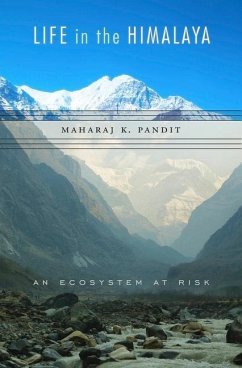Life in the Himalaya explores the interconnectedness between geophysical and biological components of the mountain and its relation to the sustainability of human activities in the region. At the end of glacial age, the Himalayan landscape was significantly transformed by humans; today nearly one-fourth of the world population inhabits the Himalayan river basins. With the unfolding of burgeoning human population, urbanization, geo-politics of militarization, automobile revolution, tourism and dam-building, the Himalaya is an ecosystem at risk where human communities suffer recurrent natural disasters. The book comprehensively reviews Himalaya's past and present and suggests a future of sustainable living. To achieve this, human communities must operate within the region's carrying capacity that is based on Himalaya's geological vulnerability, ecological fragility and human cultural sensitivity.--







